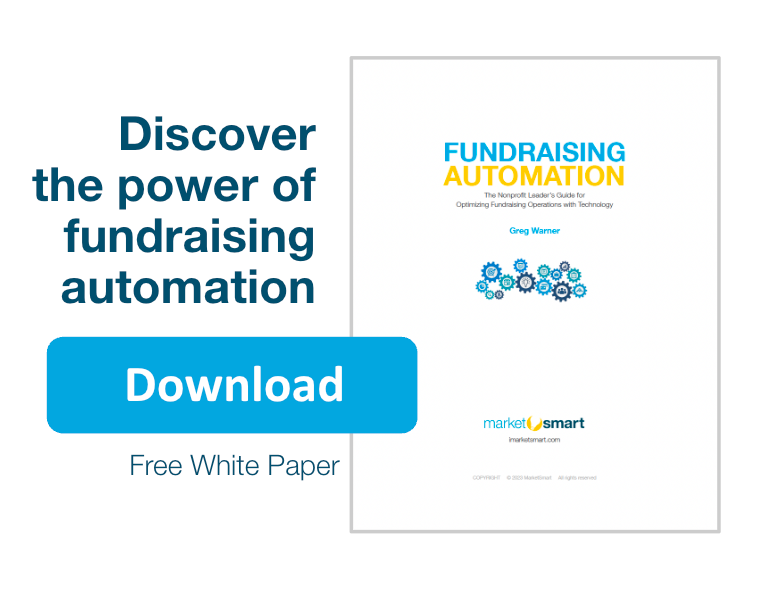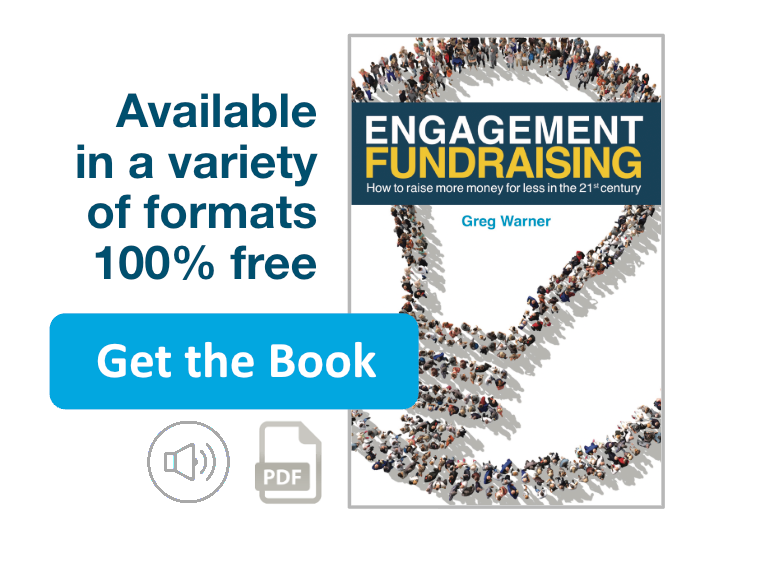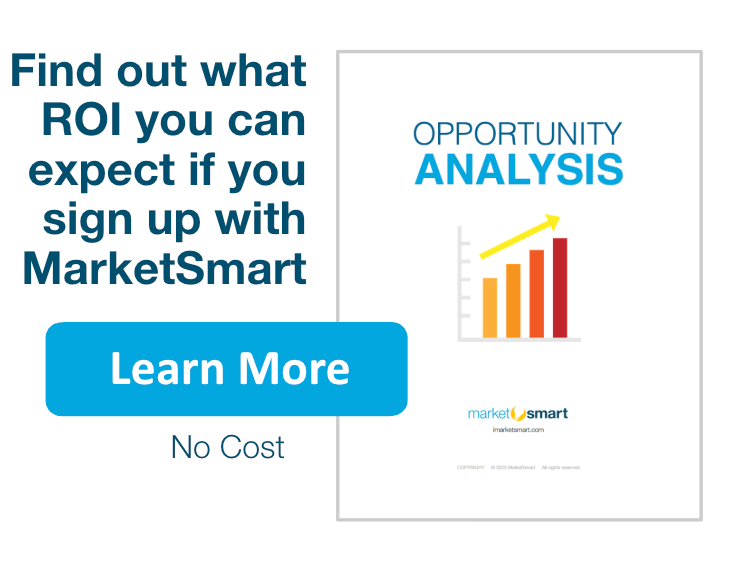 I’ve always felt that nonprofits spend way too much time and money looking at historical donor data to try to predict future giving.
I’ve always felt that nonprofits spend way too much time and money looking at historical donor data to try to predict future giving.
I’m not alone. The private sector’s top researchers agree that quality engagement experiences are what really matter most, not transactional data such as frequency, recency, total purchase dollars, etc.
They know that transactional data (quantitative data) can only tell a small part of the story. The real drivers of growth (or in our case, giving) are deep connections with customers (donors) on an emotional level.
In case you aren’t a researcher, quantitative research basically counts things while qualitative research looks at people’s attitudes, feelings, or emotions.
“Qualitative research can uncover the real drivers of customer behavior— and companies ignore those drivers at their peril,” according to John Timmerman, Ph.D. (Chief Scientist at Gallup) and Ilana Ron Levey (Advanced Consultant also at Gallup). Memories and experiences are, in fact, the most powerful drivers of attachment, loyalty, and future behaviors. An impression or experience “that lingers in a customer’s long-term memory enables them to travel back in time and recall the events and feelings that foster emotional engagement to a brand.”
“To fully engage customers and achieve long-term growth, companies must connect with customers on an emotional level.”
How can you do that?
In the past, it could only be done on a one-to-one basis. But now, technologies exist that help fundraisers collect the information they need to get to know individual donor passions, interests, and memories. Now these technologies automatically score each individual donor’s likelihood of delivering major and planned gifts (the big ones) based on their emotional attachments.
Finally, qualitative research can be used to help fundraisers get serious results. A new day has dawned and tons of nonprofits are raising much more money at much lower costs. It’s a great time to be a fundraiser!
Related Posts
>> The 3 types of planned giving prospects
>> The problem with too many leads




